In chess, beyond the initial moves, it’s the intricate tactics and strategies that set champions apart. The ability to spot and execute tactics like pins, forks, skewers, and discovered attacks can turn the tide of a game in your favor.
Picture a pin, where one piece mercilessly immobilizes a more valuable adversary, or a fork, where a single piece simultaneously threatens two enemy forces. These tactics are the chameleons of the chessboard, appearing when you least expect them, and transforming the dynamics of the game.
Skewers introduce a twist of deception, enticing your opponent into an apparent gain while setting up a more significant loss. It’s a brilliant blend of offense and defense, where you exploit the misalignment of your opponent’s pieces.
Discovered attacks, on the other hand, unleash the hidden power of a lurking piece, typically a Bishop, Rook, or Queen, creating a dual threat that your opponent must counter. The beauty lies in the surprise factor, catching your adversary off-guard.
Throughout this article, we’ll explore these tactics in-depth, providing clear explanations and practical examples that will sharpen your tactical acumen. You’ll not only recognize these tactics when they appear on the board but also be prepared to employ them to your advantage.
Chess is a journey of constant learning and discovery, and mastering these fundamental tactics will pave the way for more advanced strategies. Let’s now embark on this tactical adventure together!
This post contains affiliate links. Please read our disclosure.
Pins: Immobilizing Your Opponent’s Pieces
One of the most elegant and effective tactical maneuvers in chess is the pin. A pin occurs when you attack an enemy piece in such a way that moving it would expose a more valuable piece behind it–typically, the Queen. The pinned piece becomes “pinned” in place, unable to move without exposing the more valuable piece.
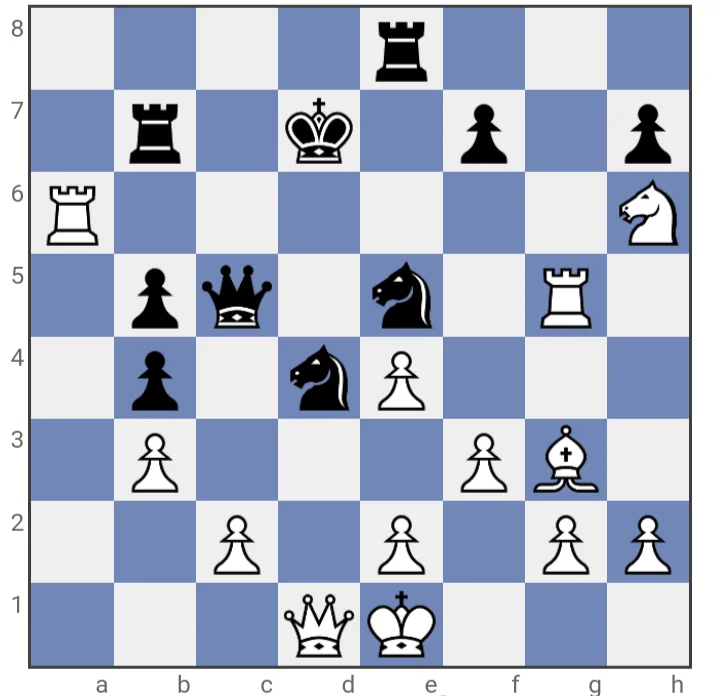
If the above position, if black moves its Knight, which on the d-file, then White can take the Queen with its Rook.
There are two types of pins: absolute and relative. In an absolute pin, moving the pinned piece would expose the King to check or checkmate, maKing it illegal to move. In a relative pin, moving the pinned piece is allowed, but it would result in a disadvantageous trade.
Forks: Simultaneously Attacking Multiple Targets
Forks are tactical gems that allow you to simultaneously attack two or more of your opponent’s pieces. They are often executed by pieces like Knights and Queens, which can jump over other pieces on the board.
In the following illustration, the White Knight simultaneously threatens its opponent’s Queen and Rook. Black must choose which piece to save, knowing that they will lose the other one.
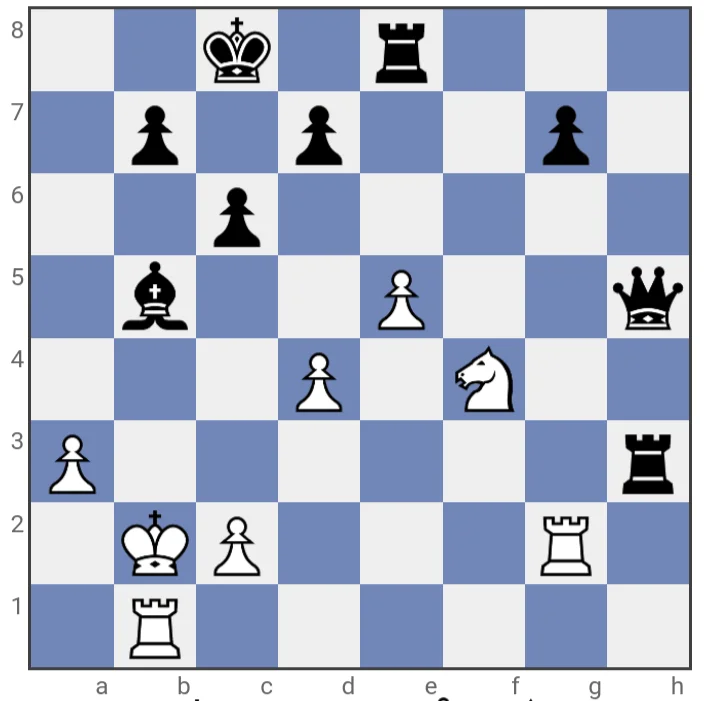
This tactical pressure can create substantial advantages in material or positional dominance.
Forks often involve targeting pieces of unequal value. However, beware of your opponent’s counterplay; they may try to create counter-threats or defend both pieces under attack.
Skewers: Forcing Your Opponent’s Hand
Skewers are like pins in reverse, and they are a potent tactical weapon. In a skewer, you attack two enemy pieces that are in a straight line, with the more valuable piece behind the less valuable one. Your opponent is forced to move the less valuable piece, exposing the more valuable one to capture on the next move.
An example (seen below) is when your Bishop aligns with your opponent’s Queen and a Rook. If your opponent moves the less valuable piece to safety, you capture the more valuable piece in the rear, typically the king. Skewers are excellent for winning material and gaining a significant advantage.
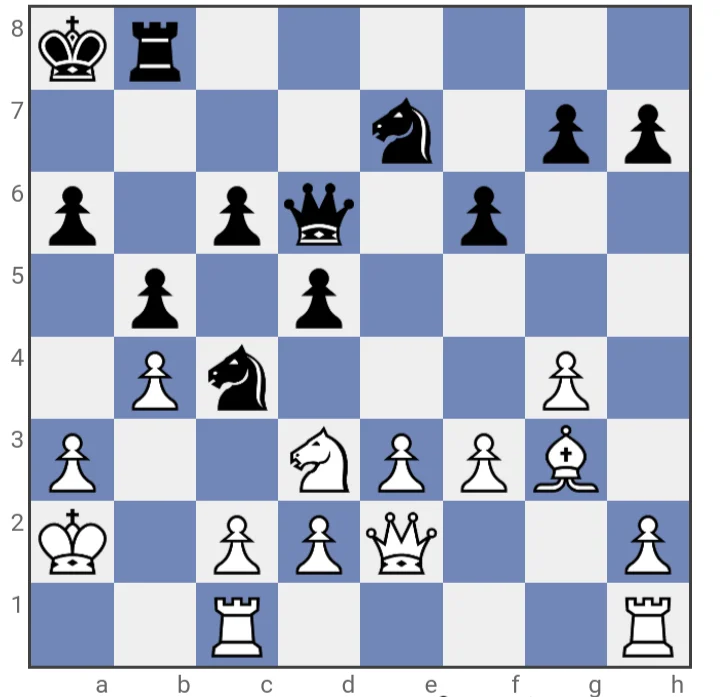
Skewers can also be categorized into absolute and relative skewers. In an absolute skewer, moving the exposed piece would result in a direct loss (e.g., moving the King into check). In a relative skewer, moving the exposed piece is allowed, but it leads to unfavorable consequences.
Discovered Attacks: Unleashing Hidden Power
Discovered attacks are a fascinating tactical concept that involves moving one piece to reveal an attack by another piece behind it. Typically, the piece that moves is a Pawn or minor piece (Bishop or Knight), and the piece behind it is a Queen, Rook, or Bishop .
In following illustration, White moves its Knight on the Queen’s side, exposing Black’s Rook to attack.
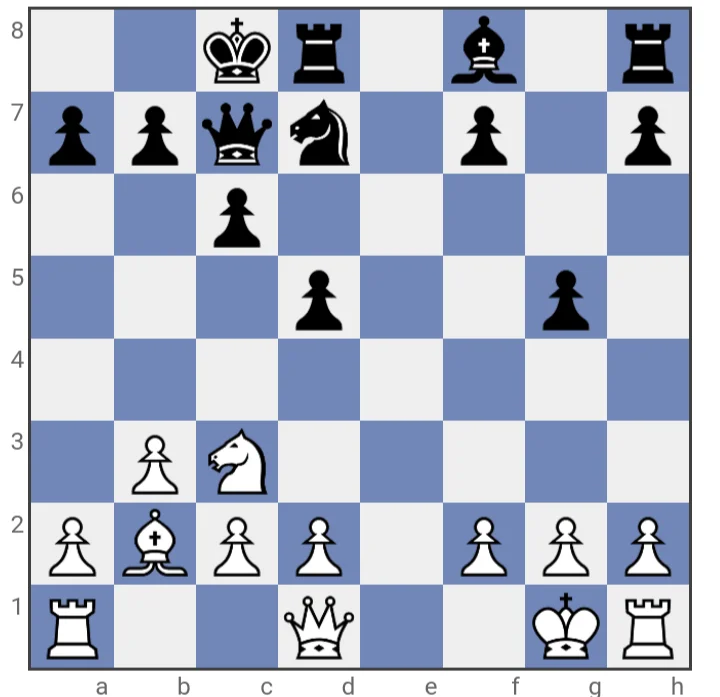
Discovered attacks can be especially devastating when they involve the Queen, as the Queen is the most powerful piece on the board. By revealing the Queen’s attack through a clever Pawn or piece move, you can create a web of threats that your opponent must untangle carefully.
Now that you’ve delved into the intricacies of pins, forks, skewers, and discovered attacks, you have a powerful arsenal at your disposal. These tactics are the embodiment of chess strategy, enabling you to outmaneuver your opponents and secure victories. Practice these tactics diligently, and watch as your strategic brilliance shines brightly on the chessboard.
Advanced Tactics: Double Attacks, Deflections, and Decoys
As you continue to delve deeper into the world of chess tactics, you’ll discover that there are more advanced strategic maneuvers beyond the basics of pins, forks, skewers, and discovered attacks. In this section, we’ll explore three of these advanced tactics: double attacks, deflections, and decoys.
Double Attacks: Striking Twice with Precision
A double attack, also known as a double threat, is a tactical move in which a single piece simultaneously attacks two or more of your opponent’s pieces or key squares. These attacks create a dilemma for your opponent, as they must choose which piece to save, knowing that they will lose the other one.
Common examples of double attacks include Knights threatening both a Queen and a Rook, or a Queen targeting both a Bishop and a Pawn. By executing a double attack, you gain a decisive material advantage by capturing one of your opponent’s pieces on the next move, leaving them at a significant disadvantage.
In the following position, we can see that White has advanced its Pawn on b5, simultaneously targeting both Black’s Knight and Bishop. In this scenario, White faces the challenging decision of which piece to relocate, ultimately resulting in the loss of one of them.
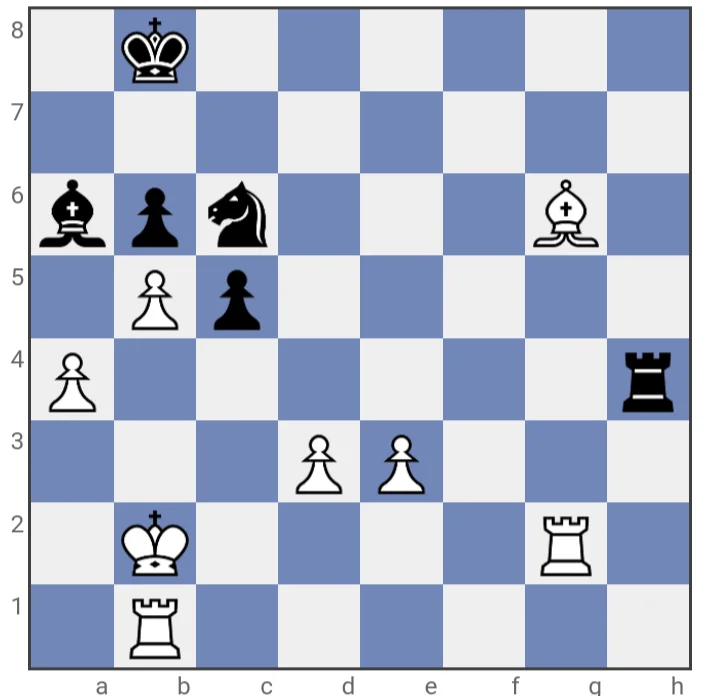
Deflections: Forcing Your Opponent Off-Balance
Deflections are tactical maneuvers designed to divert or distract your opponent’s pieces away from crucial squares or defensive positions. This tactic often involves sacrificing a piece to lure your opponent’s pieces away from their strategic posts.
For instance, you might sacrifice a Bishop to divert your opponent’s Queen from guarding a critical square near their King. Once the Queen moves, you can launch an attack on the exposed king. Deflections are powerful tools for creating openings in your opponent’s defense and setting up devastating combinations.
Decoys: Tempting Your Opponent into a Trap
Decoys are tactical tricks that tempt your opponent to make a seemingly advantageous move that ultimately leads to their downfall. In a decoy, you offer up a piece or position that appears vulnerable, enticing your opponent to capture it, only to fall into a tactical trap.
An example of a decoy is sacrificing a Pawn to lure your opponent’s King into a precarious position. Once the King takes the bait, you can unleash a powerful checkmate or combination that capitalizes on the exposed King’s vulnerability. Decoys are like chess puzzles within the game, requiring your opponent to make the precise moves you anticipate.
Combining Tactics for Victory
While each of these advanced tactics—double attacks, deflections, and decoys—can be formidable on their own, the true power of chess tactics often lies in combining them within a single sequence of moves. By weaving these tactical elements together, you can create intricate combinations that leave your opponent in a state of bewilderment.
These advanced tactics do require a keen eye for opportunities and a deep understanding of the game’s positional nuances. Practice and time, recognizing opportunities to employ them will become second nature, enhancing your overall strategic prowess.
Zwischenzug
Zwischenzug is a German chess term that translates to “intermezzo” or “in-between move” in English. In chess, a Zwischenzug is a surprising and often unexpected intermediate move made in the middle of a sequence of moves. It’s a tactical maneuver where a player makes an unexpected move that disrupts the expected flow of moves and can catch their opponent off guard.
Zwischenzug moves are typically used to gain an advantage or to complicate the position, forcing the opponent to rethink their planned responses. These moves can be particularly effective in chess tactics and combinations.
Picture this: You and your opponent are engaged in a complex battle of wits. You both have plans, you’re calculating moves, and everything seems to be following a predictable path. But suddenly, like a plot twist in a gripping story, one player makes a move that defies expectations—an unexpected Zwischenzug!
Now, let’s take a look at an illustrative chessboard to understand this concept better:
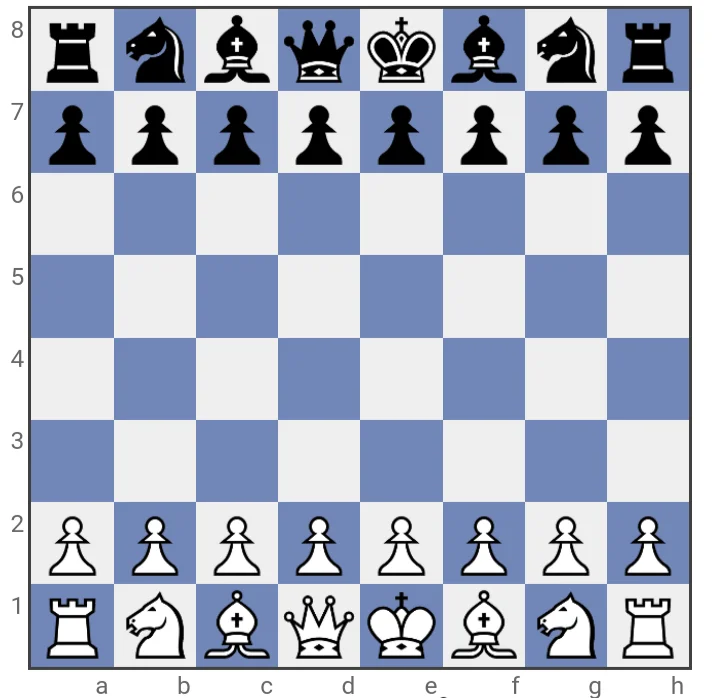
In this position, it’s White’s turn to move. The expected move might be to capture Black’s knight with the queen on d5. However, White, employing the Zwischenzug tactic, makes a surprising intermediate move: Qxe5+!
Zwischenzug is the unexpected twist that can disrupt your opponent’s plans, create tactical opportunities, and turn the tide of a game. Master this dynamic element to keep your opponents on their toes and increasing your chances of victory.
Conclusion
As we bring our exploration of pins, forks, skewers, and discovered attacks to a close, you’ve unlocked the secrets to enhancing your chess prowess. These tactics are not just tools in your arsenal; they are the keys to unlocKing your strategic brilliance. Regularly applying these tactics in your games, analyzing your moves, and learning from both your victories and defeats will propel you to new heights in the world of chess. Keep playing, keep learning, and may the checkmates be ever in your favor!